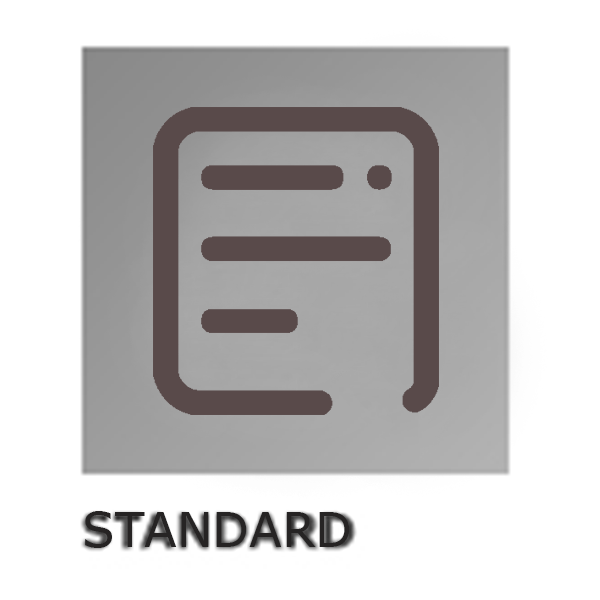1.1This classification covers pairs of scales for classifying an aspect of the serviceability of an office facility, that is, the capability of an office facility to meet certain possible requirements for special facilities and technologies.
1.2Each pair of scales, shown in Figs. 1-4, is for classifying one topic of serviceability. Each paragraph in an Occupant Requirement Scale (DEMAND Scale see Figs. 1-4) summarizes one level of requirement for serviceability on which occupants might require. The matching paragraph in the Facility Rating Scale (SUPPLY Scale see Figs. 1-4) is an interpretation of the requirement into a description of certain features of a facility which, taken in combination, indicate that the facility is likely to meet that level of required serviceability.
FIG. 1Demand Scale A.13.1 for Group or Shared Conference Center FIG. 1Supply Scale A.13.1 for Group or Shared Conference Center (continued)
FIG. 2Demand Scale A.13.2 for Video Conferencing Provision
FIG. 2Supply Scale A.13.2 for Video Conferencing Provision (continued)
FIG. 3Demand Scale A.13.3 for Simultaneous Interpretation
FIG. 3Supply Scale A.13.3 for Simultaneous Interpretation (continued) FIG. 4Demand Scale A.13.4 for Satellite and Microwave Links FIG. 4Supply Scale A.13.4 for Satellite and Microwave Links (continued) FIG. 5Demand and Supply Scales A.13.5 for Telecommunications Center
FIG. 1Demand Scale A.13.1 for Group or Shared Conference Center FIG. 1Supply Scale A.13.1 for Group or Shared Conference Center (continued)
FIG. 2Demand Scale A.13.2 for Video Conferencing Provision
FIG. 2Supply Scale A.13.2 for Video Conferencing Provision (continued)
FIG. 3Demand Scale A.13.3 for Simultaneous Interpretation
FIG. 3Supply Scale A.13.3 for Simultaneous Interpretation (continued) FIG. 4Demand Scale A.13.4 for Satellite and Microwave Links FIG. 4Supply Scale A.13.4 for Satellite and Microwave Links (continued) FIG. 5Demand and Supply Scales A.13.5 for Telecommunications Center
1.3The entries in the Facility Rating Scale (See Figs. 1-4) are indicative and not comprehensive. They are for quick scanning, to estimate approximately, quickly, and economically, how well an office facility is likely to meet the needs of one or another type of occupant group over time. The entries are not for measuring, knowing, and evaluating how an office facility is performing.
1.4This classification can be used to estimate the level of serviceability of an existing facility. It can also be used to estimate the serviceability of a facility that has been planned but not yet built, such as one for which single-line drawings and outline specifications have been prepared.
1.5This classification indicates what would cause a facility to be rated at a certain level of serviceability, but it does not state how to conduct a serviceability rating nor how to assign a serviceability score. That information is found in Practice E1679. The scales in this classification are complementary to and compatible with Practice E1679. Each requires the other.
1.6The values stated in SI units are to be regarded as standard. No other units of measurement are included in this standard.
1.7This international standard was developed in accordance with internationally recognized principles on standardization established in the Decision on Principles for the Development of International Standards, Guides and Recommendations issued by the World Trade Organization Technical Barriers to Trade (TBT) Committee.






